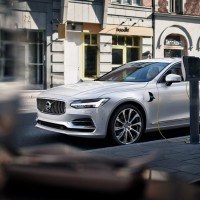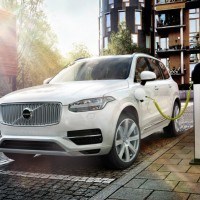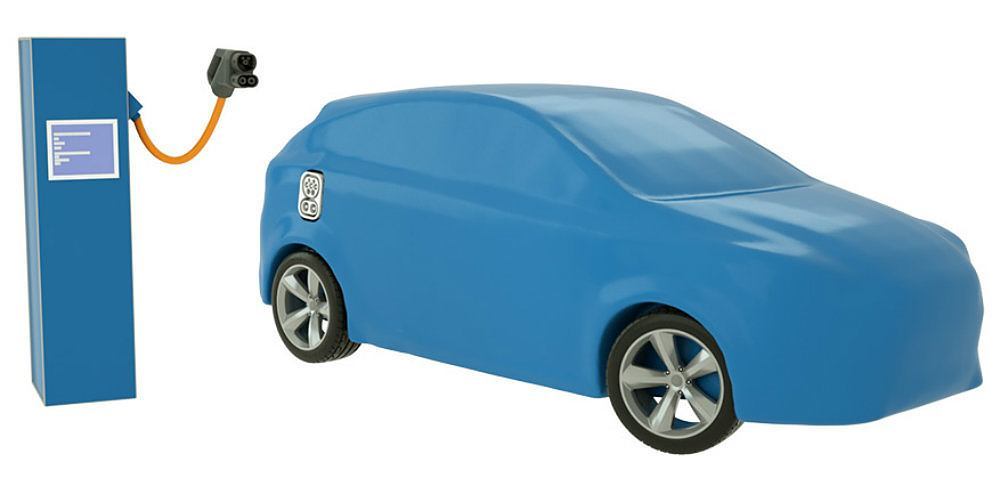In October, we covered Volvo’s plans to produce more electric vehicles. As alternative means of powering automobiles become a reality, Volvo is backing a global infrastructure focused on electronic vehicle charging. Dr. Peter Mertens, Volvo’s Senior Vice President for Research & Development, is one of Volvo’s central figures pushing for support from the automotive industry.
“We see that a shift towards fully electric cars is already underway, as battery technology improves, costs fall, and charging infrastructure is put in place,” he said.
Some consumers may well enjoy the benefits of an electric vehicle but are concerned as to where and how they will keep it charged. Currently, Volvo has plug-in hybrid cars and will offer a plug-in hybrid variant on every new model as their entire product portfolio changes in the coming years. In addition, a fully electric vehicle, based on the modular SPA vehicle architecture, is due by 2019.



A New Standard
With so much riding on their electrified vehicle plan, Volvo now stands with the Charging Interface Initiative, a consortium of stakeholders working to establish the Combined Charging System. The Charging Interface Initiative, based in Berlin, is developing the Combined Charging System as the world standard for charging battery-powered vehicles. They are drawing up requirements for such standards, outlining certification for use by automakers, and even accepting members.
According to Volvo, this is necessary for electric vehicles to be successful.
“While we are ready from a technology perspective, the charging infrastructure is not quite there yet. To really make range anxiety a thing of the past, a globally standardized charging system is sorely needed,” Dr. Mertens said.
Technology & Support
The Combined Charging System offers regular and fast charging capabilities so electric cars can be both possible and practical. The technology combines single-phase with rapid three-phase charging, using alternating current at a maximum of 43 kilowatts, as well as direct-current charging at a maximum of 200 kilowatts, with a future possibility of up to 350 kilowatts. It also manages communication between the electric vehicle and the infrastructure.
The Combined Charging System was developed by multiple European automakers like Audi, BMW, Daimler, Porsche, and Volkswagen. In 2014, the Combined Charging System was denoted as the European standard. Subsequently, all new electric vehicles and infrastructure destined for the European market will include a Type 2 inlet and connector by 2017.
In addition to Volvo, the Charging Interface Initiative and their push for a universal charging infrastructure is endorsed by the European Directive, European Automobile Manufacturers’ Association, and the Society of Automotive Engineers.

Heritage
Volvo has a rich legacy of research, particularly in the area of electric vehicles. Volvo can trace their development of electrified cars some forty years back, but without a universal plan as presented by the Charging Interface Initiative, such history might be forever confined to the drawing board.
“We are very happy to support and be involved in the setting of standards for electric vehicle charging systems. The lack of such a standard is one of the main obstacles for growing electric vehicles and their share of the market.” Dr. Mertens said.
What do you think of electric vehicles and an infrastructure to support them?
*Carl Anthony is Managing Editor of Automoblog and resides in Detroit, Michigan.
from Automoblog.net http://www.automoblog.net/2016/03/09/volvo-supports-global-electric-vehicle-charging/
via IFTTT
from Tumblr http://peternpalmer.tumblr.com/post/140777393246
via IFTTT
No comments:
Post a Comment